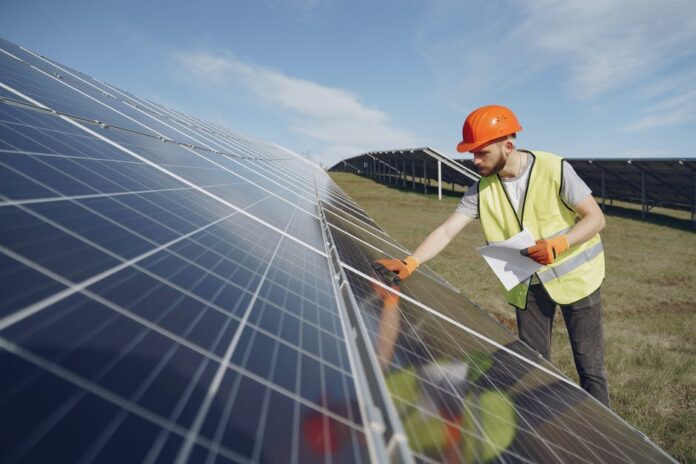Renewable energy sources have emerged as a beacon of hope in the quest to combat climate change and reduce dependence on fossil fuels. Solar panels, wind turbines, and hydropower plants have become the cornerstones of a sustainable future. However, ensuring the efficiency and longevity of these renewable energy systems requires constant monitoring and maintenance. This is where Inspection Software is stepping in to revolutionize the renewable energy sector. This article will delve into the significance of the Renewable Energy Inspection Software and how it is changing the game for the better.
Table of Contents
The Renewable Energy Revolution
With concerns about climate change reaching a fever pitch, governments, businesses, and individuals are all looking for ways to transition to clean energy sources. Solar panels are adorning rooftops, wind turbines are cropping up in fields, and hydroelectric dams are harnessing the power of flowing water.
Changing to renewable energy is about more than just cutting carbon emissions; it’s also about creating sustainable jobs, reducing energy costs, and bolstering energy security. However, if renewable energy systems function effectively and dependably, these advantages can only be fully achieved.
The Role of Inspection Software in Renewable Energy
Monitoring and Predictive Maintenance
One of the primary functions of inspection software in renewable energy is monitoring. It continuously collects data from various sensors and components of renewable energy systems. This data includes information about energy production, equipment temperature, and other critical parameters.
With this data, inspection software can predict when maintenance is needed. It can detect anomalies and potential issues before they escalate into costly breakdowns. This proactive maintenance strategy guarantees continuous energy generation while saving time and money.
Remote Inspection and Diagnostics
Another significant advantage of inspection software is its ability to facilitate remote inspections and diagnostics. In the past, technicians have had to visit renewable energy sites for inspections and physical repairs. This process was not only time-consuming but also costly.
Today, inspection software allows technicians to access and inspect renewable energy systems remotely. They can diagnose problems, troubleshoot issues, and even perform certain maintenance tasks from a central location. This reduces operational costs and minimizes the carbon footprint associated with site visits.
Data-Driven Decision-Making
– Optimizing Energy Production: The analysis of historical data by inspection software can reveal patterns and trends in the generation of energy. This information can be used to optimize the operation of renewable energy systems, ensuring maximum energy output.
– Efficient Resource Allocation: By tracking the performance of individual components, inspection software helps operators allocate resources efficiently. It ensures that maintenance efforts are focused on areas that need attention the most.
– Enhancing Sustainability: Data analysis can also help reduce the environmental impact of renewable energy systems. Operators can make adjustments to minimize wildlife disruption or optimize water usage in hydroelectric plants.
Enhanced Safety and Compliance
– Real-time Alerts: Inspection software can send real-time alerts in case of equipment malfunctions or safety breaches. This allows for immediate response and minimizes risks.
– Documentation and Reporting: Inspection software generates detailed reports and documentation of inspections and maintenance activities. This documentation is crucial for regulatory compliance and audits.
– Training and Certification: Some inspection software platforms offer training modules to ensure that technicians are certified and knowledgeable about safety protocols and industry standards.
Conclusion
The Renewable Energy Inspection Software is well underway and plays a pivotal role in ensuring the continued success of clean energy systems. Inspection software is revolutionizing the renewable energy sector by providing real-time monitoring, predictive maintenance, remote inspection capabilities, and data-driven decision-making. It enhances safety, reduces operational costs, and helps achieve sustainability goals.
